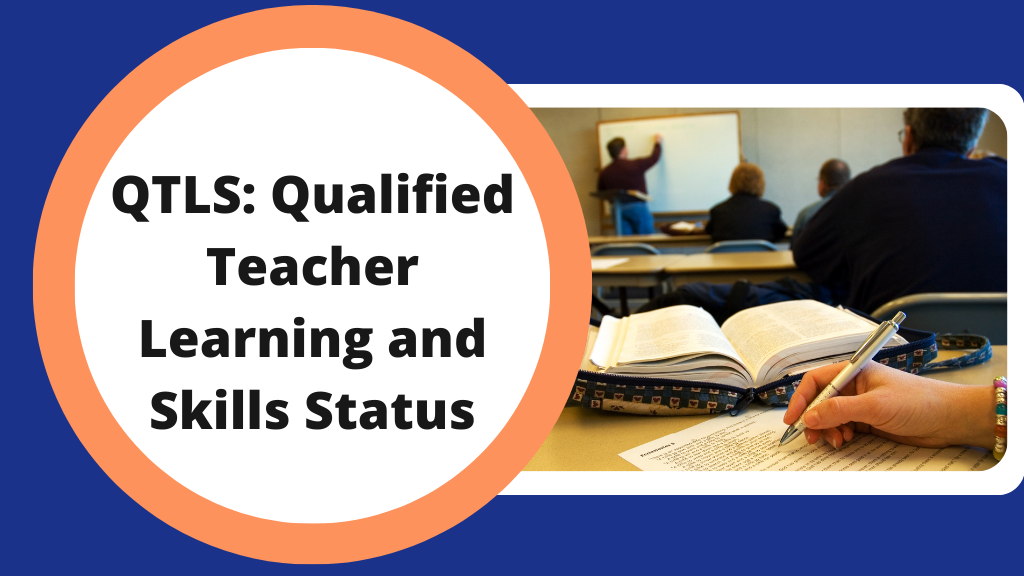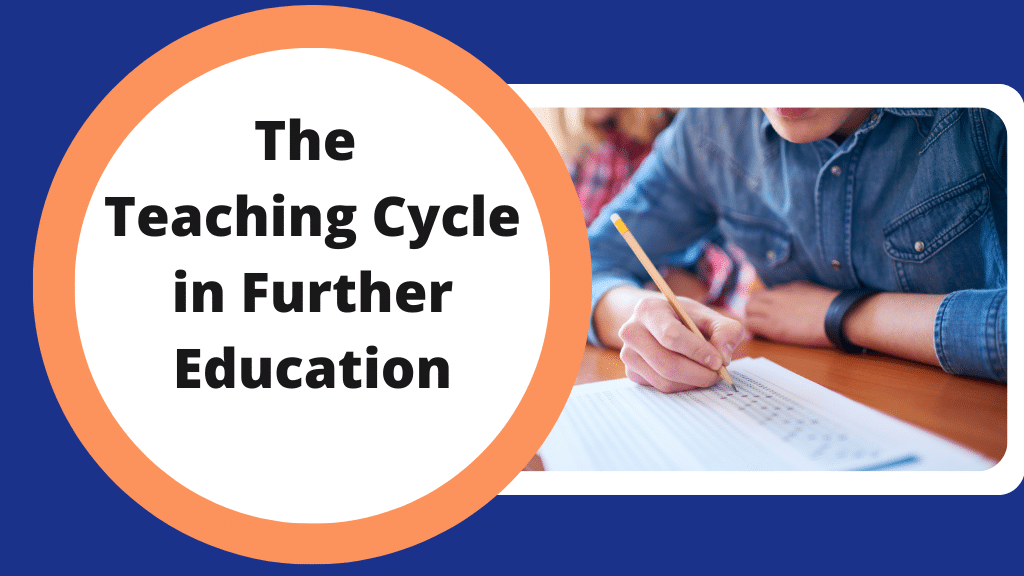March 26, 2025
Adapting Teaching Methods for Neurodiverse Adult Learners
Imagine you’re in a classroom where everyone occasionally speaks in a different language, there’s a flickering light overhead, and your chair wobbles every time you move. Despite all of this, you’re expected to engage, take notes, and contribute, despite feeling overwhelmed, confused and pressured to appear unaffected.
Welcome to the daily reality for millions of neurodivergent people.
Neurodiversity is an umbrella term that covers a range of conditions, like attention deficit hyperactivity disorder (ADHD), autism spectrum disorder, dyslexia, dyscalculia, and dyspraxia, among others. Around 1 in 7 people living in the UK are neurodivergent, meaning there could be at least one neurodiverse learner in every classroom, training centre, or workplace.
While some are diagnosed in childhood, many neurodivergent adults get diagnosed later in life or remain undiagnosed while trying to navigate learning environments that weren’t designed with their diverse needs and preferences in mind.
As teachers and instructors, it’s our job to adapt our teaching methods and environments to be as accommodating as possible for neurodivergent learners, no matter when they’re diagnosed, just as we would adapt to any other form of diversity.
What challenges do neurodiverse adult learners face?
Imagine spending your life’s educational journey feeling like you’re trying to solve a puzzle while everyone else seems to have the instructions. That’s the reality for many neurodivergent adult learners who face obstacles that traditional teaching methods often miss.
Processing Information Differently
For someone with ADHD, sitting through lengthy lectures can feel like running a mental marathon. Bright fluorescent lighting or background noises that neurotypical learners don’t even notice can be overwhelming distractions for autistic learners, and timed tests can create extreme anxiety for those with dyslexia, who may need extra processing time despite having a firm grasp of the material.
Social Navigation
The social aspects of learning in a classroom can have additional hurdles. Group work might be challenging for those who process social cues differently, while impromptu presentations can trigger anxiety that makes it difficult for the learner to demonstrate their knowledge.
Invisible Differences
Perhaps the biggest challenge is the invisible nature of many neurodivergent conditions. Unlike physical disabilities, neurological differences aren’t immediately obvious, which means learners’ needs often go unrecognised until they speak up or fall behind. This is especially true for adults who may have developed sophisticated masking techniques to hide their struggles, often at significant personal cost.
Overcoming Past Educational Trauma
All these challenges are combined when learners have internalised negative messages about their abilities from previous learning experiences. Many neurodivergent learners who enter training programmes as adults carry past comments from childhood that they’re “not applying themselves enough” or “just need to focus more”.
Rather than recognising that inflexible teaching environments create obstacles, learners are often made to feel that their neurodivergence itself is the problem. This feedback overlooks the genuine neurological differences at play and reinforces the barriers described by the social model of disability.
How to Support Neurodivergent Students in Adult Learning Environments
An essential skill for teachers and trainers is being able to adapt your teaching methods to accommodate neurodivergent adult learners. This doesn’t mean you need to completely overhaul your approach. Often, it’s about making thoughtful adjustments that benefit everyone in the classroom.
Create Predictable Structures
Providing clear roadmaps reduces anxiety and helps neurodivergent learners divide their mental resources effectively. Instead of worrying about the day ahead, or having their day disrupted by an unexpected change, they can come to their learning environment prepared and ready to engage. Teachers can support this by:
- Sharing agendas and learning objectives at the start of each session
- Providing weekly, monthly or termly schedules
- Using consistent routines while allowing for flexibility when needed
- Giving advance notice of any changes to the usual format
Offer Multiple Ways to Engage
Different brains process information differently. As a teacher, your job is to make sure you offer a variety of ways to engage with the learning material to suit your learner’s needs, such as:
- Presenting information visually (diagrams, mind maps) as well as verbally
- Providing written materials that can be checked at their own pace
- Including hands-on activities for kinesthetic learners
- Recording your sessions so they can be watched or listened to later
- Creating quiet, safe spaces for those who need reduced sensory input
- Breaking complex tasks into smaller, manageable steps
Alternative Assessment Methods
Traditional assessment methods can sometimes feel like they measure test-taking ability rather than knowledge. Modern teachers and assessors have access to a wide range of different assessment methods, with many of them being more suitable for neurodivergent learners. Some examples you can try include:
- Offering options like projects, presentations, or practical demonstrations
- Providing extended time accommodations where appropriate
- Allowing them to use assistive technologies, like laptops for written exams
- Focussing on competency rather than speed with holistic assessments
Nurture a Supportive Environment
A lot of neurodiverse students have had negative learning experiences in the past. As a teacher, you can support them by:
- Normalising asking questions and requesting clarification
- Avoiding putting people on the spot unexpectedly
- Creating opportunities for one-to-one discussions about learning needs
- Acknowledging and celebrating different thinking styles and strengths
The most important thing is to remain flexible and open to feedback. What works brilliantly for one person might not work for another. After all, there isn’t a universal design for learning. The best thing you can do to support neurodivergent learners is to create an inclusive education environment where everyone feels comfortable communicating their needs.
Take Your Training to the Next Level with Carlton Training
Ready to transform your teaching approach and create truly inclusive educational environments? At Carlton Training, we’re committed to helping educators and trainers develop the skills needed to support every learner in reaching their full potential.
Whether you’re new to teaching or looking to refresh your approach, our teacher and instructor courses will equip you with versatile teaching strategies that work for diverse learning styles. You’ll learn your roles and responsibilities as an educator or trainer, how to use inclusive teaching and learning approaches, and how to adapt your delivery methods to meet the needs of all your students.
These practical, hands-on courses are led by experienced trainers who understand the real challenges of adult education. You’ll gain skills you can implement immediately, making your teaching more effective and inclusive from day one.
Take the next step in your professional journey today. Contact us today to discover how Carlton Training can help you become the educator your students need.
Next ›‹ Previous
Back to Blog








